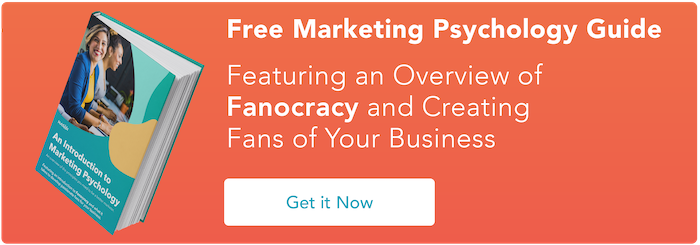The Best Story Framework for More Engaging Storytelling [Example]

By lazer@contently.com (Joe Lazauskas and Shane Snow)
Even if you’re not a professional storyteller, you can use storytelling frameworks to share more engaging narratives in your content marketing copy. You’ll not only be able to tell your company’s story more effectively to stakeholders, but you’ll be able to write more effective, readable material that converts users into loyal customers.
Whether you’re writing for your website, blog, social media profiles, presentations, or online offers, the framework discussed below will help you gain confidence in storytelling and start telling better stories in business and in life. Let’s get started.
Why use a storytelling framework?
As content strategists, we should spend a lot of time thinking about the importance of storytelling in marketing, but we don’t — mainly because it’s so intimidating. The pressure-filled process of creating a framework and telling a story can keep a lot of people from even making an attempt. When the subject comes up, we understandably get nervous.
The thing is: storytelling is part of what makes us human. We don’t have to be Ernest Hemingway to be good at it. We can use a storytelling framework to guide us in the writing process.
Storytelling frameworks make our copy and content feel familiar to readers, while providing us with an easy “formula” to follow. The good news is that your content will never feel formulaic, because you can (and should) diversify how you write individual pages or posts. However, the bare bones stay the same.
Storytelling Template: The Hero’s Journey
The Hero’s Journey is a storytelling template from author Joseph Campbell, and it’s everywhere. It’s one of the most relatable storylines because it basically mirrors the journeys of our own lives. Understanding The Hero’s Journey can give you insight into how to frame your own stories, whether it’s the true story about your company or a fictional story that stirs your imagination.
The following diagram breaks down this Hero’s Journey template, step by step.
Typically broken down into three acts, the Hero’s Journey goes as follows:
Act 1:
- Ordinary World: A character (either you or your customer) is living a regular life.
- Call to Adventure: The character becomes aware of a problem or a task that must be completed.
- Refusal (of call): The character initially shows refusal — think of a customer who refuses to switch from their current provider despite their pain points.
- Meeting with the Mentor: The character meets a person who’ll guide them in the process of completing the task — think of a sales person guiding a lead toward conversion.
Act 2:
- Crossing the Threshold (into new life/experiences): The character officially starts their journey of solving the task, like a customer who’s just made a new purchase.
- Tests, Allies, Enemies: The character faces different trials in the process of completing the task.
- Approach to Innermost Cave: The character approaches the final battle — think of a professional who must now get their entire team to adopt …read more
Source:: HubSpot Blog









